10 Facts About Ethiopia You Never Knew
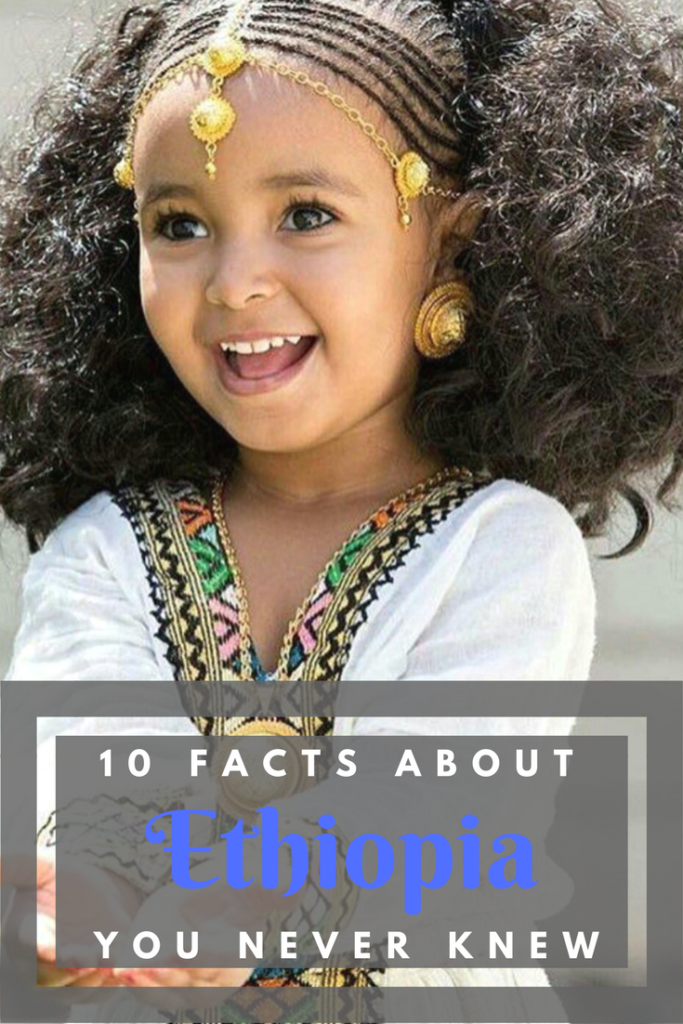
10 Facts About Ethiopia You Never Knew
Many people have heard of Ethiopia and could probably tell you some basic facts about this beautiful country. But as we were doing research for our EthioFacts video (10 facts about Ethiopia), I ran across some facts that even my mom and dad who were born and raised there did not know. So we thought we would put together another video, 10 Facts About Ethiopia You Never Knew. So drumroll, please…
Fact #1
First Africans to Drive Car

Ethiopian Emperor Menelik II was the first native African to drive a car in 1907.
Did you catch that…FIRST AFRICAN.
Emperor Menelik II was emperor of Ethiopia from 1889 to 1913. He spoke French, English, and Italian fluently and was known for establishing the modern state of Ethiopia and introducing modern technology.
Two English men, Bede J.F.Bentley, and his mechanic Reginald G. Wells drove the car from Djibouti to Ethiopia to present it to the Emperor. Bede J.F. Bentley is the son of John Francis Bentley who designed Westminster Cathedral in London.
Now, I couldn’t find out why they were presenting the car to Emperor Menelik. My theory is because Ethiopians are just awesome!

Fact #2
152 Animals and Plants Found only in Ethiopia
Ethiopia has a lot of the animals you would normally associate with East Africa like the elephant, giraffe, cheetah, hippo, and the zebra.
However, one of the amazing facts about Ethiopia is that there are over 152 animals and plants that are only found in Ethiopia. These animals include the Ethiopian Wolf, Gelada Baboon, and the Black Maned Lion. In fact, the black lion is the national animal of Ethiopia and was on the old flag of Ethiopia.
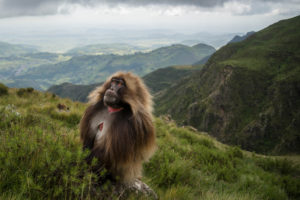
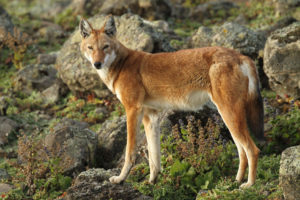

Fact #3
Most Mountains in Africa
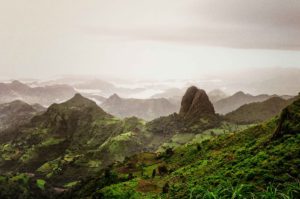
When people think of Northeast Africa they usually think of dessert. But Ethiopia has rich green highlands and beautiful mountain ranges. In fact, 70% of the mountains in all of Africa are in Ethiopia and form the northeastern edge of the Great Rift Valley. These mountains are even visible from outer space.
Look how beautiful this view is!
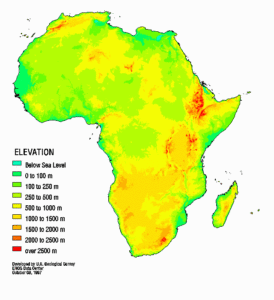
Fact #4
No Independence Day
Now you may feel sorry for Ethiopians as Americans enjoy their barbecue and fireworks on the 4th of July. Well, you shouldn’t. Ethiopia is the only ancient African nation never to be completely colonized by a foreign power. Even

though the Italians and Libyans tried to conquer Ethiopia on several occasions, they were unsuccessful.
This fact makes all Ethiopians very proud. It makes us feel confident and strong!
The mountain ranges made it difficult to conquer Ethiopia, not to mention the courage of her warriors.
This painting shows the Battle of Adwa. At the Battle of Adwa, the Ethiopian army defeated the Italian army on March 2, 1896. This makes Ethiopia the oldest independent country in Africa.
The Italians sure tried hard. At least we can say they had good taste.
Fact #5
The Only Country Using Its Own Alphabet
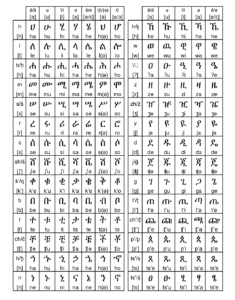
I bet this is one fact about Ethiopia that you never knew. No other African country has its own indigenous alphabet that it continues to use.
Ethiopia, on the other hand, derives its own alphabet from an ancient form called Ge’ez. Ge’ez is a Semitic language and the written language of the ancient Aksumite-Sabean empire. The alphabet uses an abugida, which consists of 238 symbols and 34 letter variants. Each letter or fidel correlates with a syllable of a word.
So if you wanted to say water in Amharic, you would say Weha (W’-Ha). Two Amharic letters make up this word, one for each syllable. What makes this so great is that once you have learned the Amharic letters, you can start reading and learning the language.
No crazy rules like the “oa” in “boat” say “o”. Why can’t the “o” just say “o”? Or worse yet, why does “ph” say “f”? I could go on for days.
I know that sounds easier said than done. But we will be providing lots of resources to learn the alphabet, words, and pronunciations. Subscribe to our newsletter for a free download of the Amharic alphabet, check out the EthioKids section of our site, and the EthioKids TV Youtube channel so we can help.
Fact #6
First African Nation in League of Nations and Founding Member of the Organization of African Unity

Another little-known fact about Ethiopia is that it was the first African nation admitted into the League of Nations and a founding member of the Organization of African Unity.
Emperor Haile Selassie I endeavored to position Ethiopia in the forefront of global relations involving the African continent. This was very significant because most countries viewed African countries as inferior and a majority of them did not have independent political or economic representation.
As a staunch Pan-Africanist, he strived to unite African countries for the betterment of the continent. He tirelessly fought for the political decolonization of Africa and won the fight in his lifetime, except Apartheid in South Africa.
Fact #7
The tri-colored is a sign of Pan-Africanism.
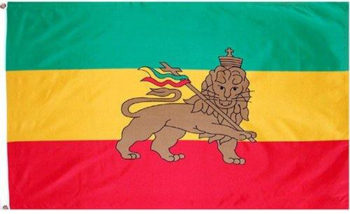
Ethiopia adopted the tri-colored flag in 1897–a year after the victory of the Battle of Adwa. The green is for the land and hope of its people, yellow for peace and faith and red for power. The emblems have changed three times. The latest emblem is a disc that depicts diversity, prosperity, and peace.
I personally like the flag with the Lion better, but I love what this flag stands for.
You will also notice that many other African countries also chose these colors for their flag as a sign of solidarity. Imitation is the greatest form of flattery!
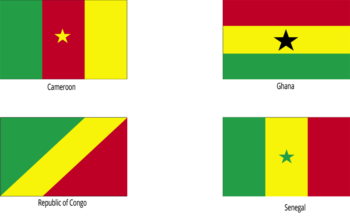
Fact #8
Home of the Ark of the Covenant
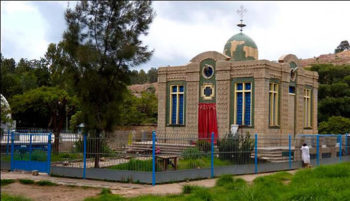
The Ark of the Covenant is a gold-covered wooden chest with lid cover. The Book of Exodus describes it as containing the two stone tablets of the Ten Commandments, Aaron’s staff that budded, and a jar of manna. Ethiopians claim the Ark is found in the Saint Mary of Zion Church in Axum. However, this is a heavily disputed fact about Ethiopia, but a lot of historical events lend to its truth.
Only one man, the guardian, is actually allowed to see the ark. When he dies another guardian is chosen to take care of the Tabot, what Ethiopians call the Ark.
When we visited Ethiopia in 2007, we saw this church. It was so amazing to think that we were standing so close to something so Holy.
Fact #9
First African to win a gold medal in an Olympics
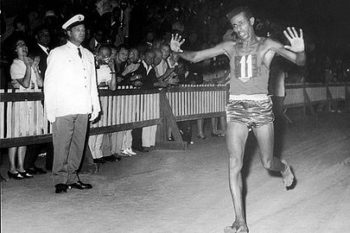
Ethiopian distance runner Abebe Bikila was the first native-born African to win the gold medal in an Olympics.
Abebe Bikila won the gold in the Olympic Marathon in 1960, and he ran the race barefooted! Most noteworthy, he won the race again in Tokyo four years later and became the first person to win the race twice, setting a world record.
The running gene definitely did not get passed down to me. Let alone the idea of running 26.2 miles barefoot. Ouch!
Fact #10
Blue Volcanos
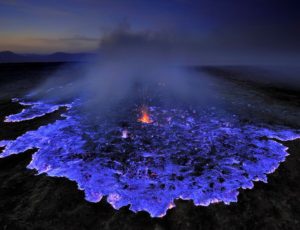
Finally, you can find blue volcanos in Ethiopia. Well, the volcano’s lava is the normal orange-red, but the lava looks blue because of the flames produced when the sulphuric gas burns.
These beautiful lava flows are located in the Danakil Depression in the Afar region. The Danakil Depression in Ethiopia is home to the lowest point on Earth, Dallol, a lava lake that is 380 feet (116 m) below sea level. It is also one of the only lava lakes in the world and it is the hottest place on the planet.
I hope you learned some interesting facts about Ethiopia. Our country is amazing. Yes, I may be a little biased, but who can blame me!
Subscribe to our newsletter to learn more about the language, food, and culture of Ethiopia.
Leave a comment with what else you would like to learn about or something you learned about Ethiopia that may not have been covered in this post.



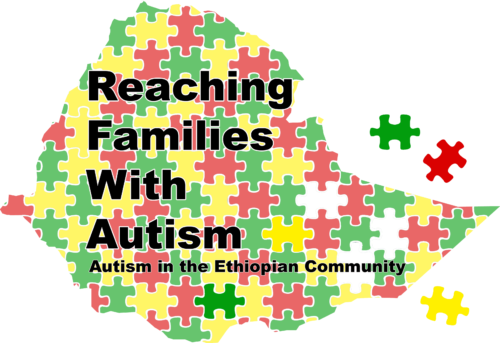

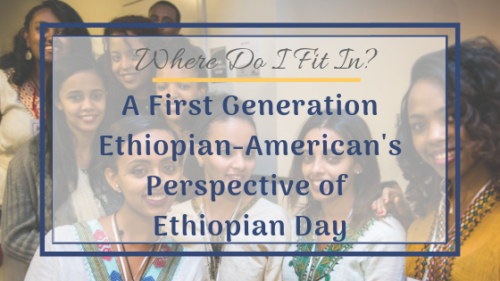
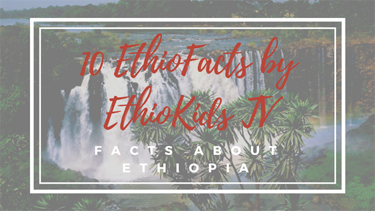
Thank you for posting these amazing things about Ethiopia! I never knew any of this and would love to visit!